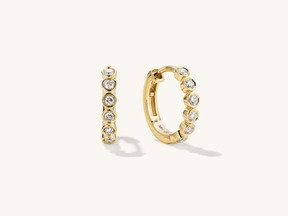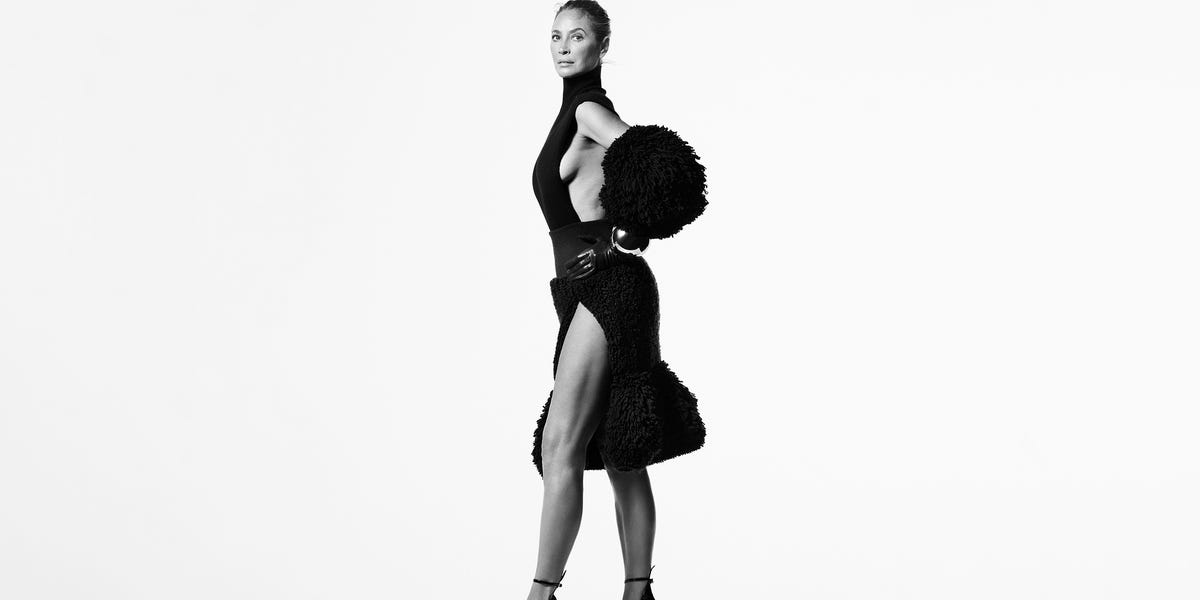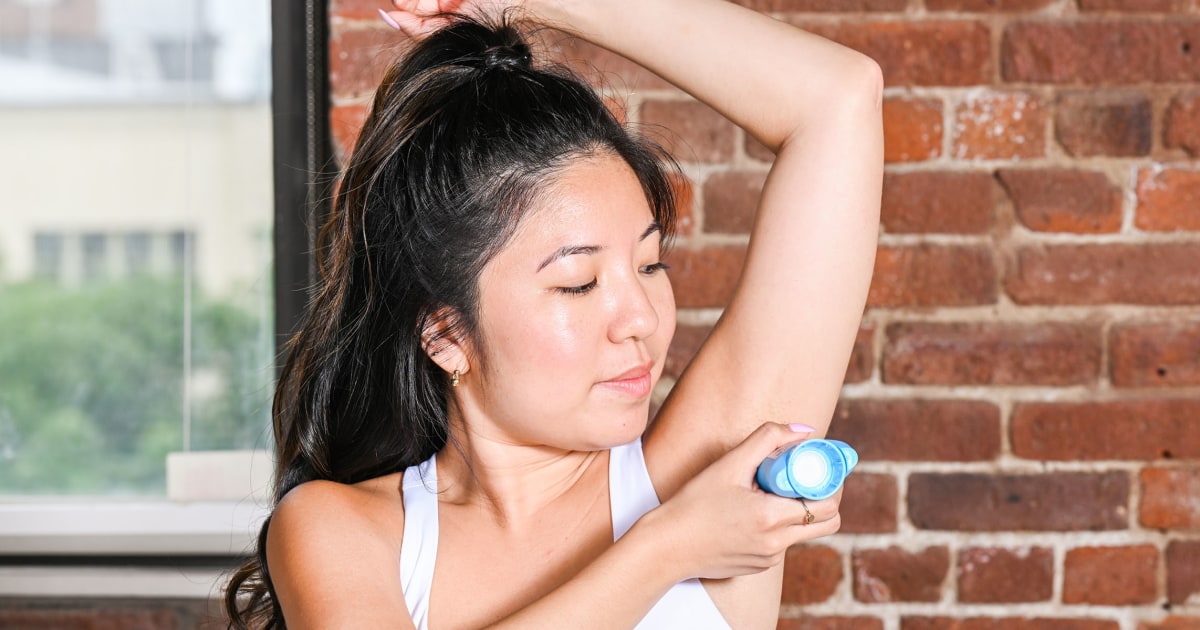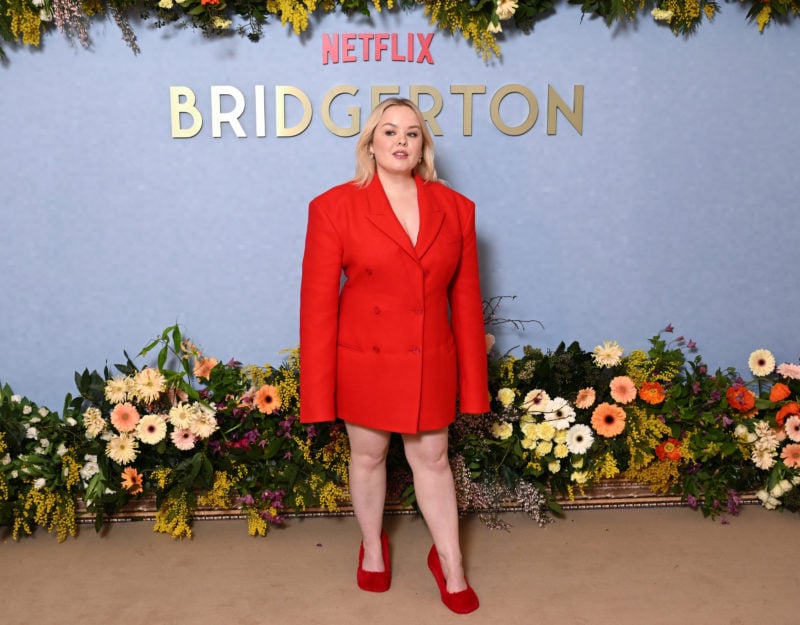/cloudfront-us-east-1.images.arcpublishing.com/tgam/NHMT5Y7PEZDWHALCNL6WJZJKC4.jpg)
Table of Contents
Sustainability update
Fashion Takes Action’s ReMode event in May, which featured talks, a clothing swap and vendor marketing place with businesses that all focused on reuse, repair, resale, rental, upcycling.Olga Hutsul/Handout
The United Nations wants fashion marketers to do better
“Sustainable fashion” has become an umbrella term for brands aiming to protect both the environment and the workers producing garments. The term’s growing popularity may be a sign that the fashion industry, dominated by mass-produced styles that move quickly from the catwalk to store, is waking up to its role in overconsumption, waste and carbon emissions (which the UN estimates at 10 per cent of global carbon impact). But some fashion brands are overstating the sustainability of their products, says Nikki Byrne, a director at Fashion Takes Action, an organization currently conducting a government-backed study on Canadian consumer’s attitudes and behaviours toward sustainable and circular fashion. “There’s constant misinformation and so much greenwashing,” says Byrne. “Even if they are well-meaning, the fashion marketers don’t often understand the science or why there are 50 or more certifications to verify sustainability, which can make it hard for consumers to understand what they’re buying. The more brands can share the data, the more educated consumers become.” A new Sustainable Fashion Communication Playbook calls on the global fashion industry to do just that.
The playbook, released last week by the UNEP and the UN Climate Change-convened Fashion Industry Charter for Climate Action, calls for fashion media to work toward countering misinformation, reducing messages perpetuating overconsumption, redirecting consumers to more sustainable lifestyles and demanding greater action from businesses and policy-makers. Around 100 companies, including LVMH, Chanel, Nike and PUMA, are signed on to the charter, and to update on their progress in following it. “The playbook really speaks to the power of advertising and marketing and the role it plays in driving consumption. Brands need to take more responsibility,” says Byrne.
Clean beauty
:format(jpeg)/cloudfront-us-east-1.images.arcpublishing.com/tgam/NHMT5Y7PEZDWHALCNL6WJZJKC4.jpg)
An update to the Canadian Environmental Protection Act means clean beauty advocates can push for greater transparency about harmful ingredients in personal care products.misuma/AFP/Getty Images
Bills S-5 and your future beauty buys
The Canadian Environmental Protection Act (CEPA), which regulates everything from vehicle emissions to the ingredients in your lipstick, was modernized for the first time since it was introduced in 1999 this June, with the assent of Bill S-5. The updated legislation codifies that every individual in Canada has the right to a healthy environment. “This is a legislative framework for protecting human health, and what we put on our bodies and face is part of that,” says Jen Lee, chief impact officer of Beautycounter, an American company which has been lobbying in Ottawa this spring, meeting with MPs to elevate issues such as codifying the list of prohibited ingredients, prohibiting phthalates from being used in cosmetics, and closing the ingredient loophole. Lee says this is a win for the beauty industry, but only scratches the surface.
Currently in Canada, the Cosmetic Ingredient Hotlist prohibits or restricts just over 600 ingredients for use in cosmetics. But in some cases, all ingredients contained in a product may not be listed on its label, says Lee. That’s because Health Canada protects Confidential Business Information, allowing businesses in Canada to claim that scientific studies on a product’s ingredients are confidential Intellectual Property. “That’s a loophole for ingredients to not be disclosed to the public,” says Lee. “There should be a way to disclose harmful ingredients while protecting IP, but the laws are mucky. Now we can use the updated CEPA as precedent to lobby for further regulations, true transparency and ensuring there are no harmful products.”
On the runway
:format(jpeg)/cloudfront-us-east-1.images.arcpublishing.com/tgam/XUEKEG7TLRK7PKVZ7U4M4ZTPOI.jpg)
A model walks the runway during the Thom Browne Haute Couture Fall/Winter 2023/2024 show as part of Paris Fashion Week on July 3, in Paris.Thierry Chesnot/Getty Images
An American in Paris
New York designer Thom Browne’s signature look is unquestionably – though subversively – American. Using the corporate uniform of a well-tailored suit as a starting point, Browne (who is also the chairman of the Council of Fashion Designers of America), shrinks and overinflates proportions to create fantastical collections that play with individuality and conformity. His U.S. roots, theatrical staging and focus on craft made his first appearance on Paris’s haute couture runway calendar on July 3 one of the season’s hottest tickets. At the Palais Garnier opera house, Browne filled the audience with identical two-dimensional cut-outs of well-tailored gentlemen. On stage, models moved through a flock of pigeons in Spring 2024 looks that layered bell-shaped silhouettes, under-sea embroidery and a grey-scale array of plaids and checks.
House calls
:format(jpeg)/cloudfront-us-east-1.images.arcpublishing.com/tgam/KB7NFNOOBZCM7PWYRJ7AO5P2A4.jpg)
French-Spanish fashion designer Paco Rabanne at his sewing workshop in Paris in 1997.PIERRE GUILLAUD/Getty Images
From Paco Rabanne to Rabanne
Chanel, Dior and Saint Laurent live on in the spirit of their original design masters, Coco Chanel, Christian Dior and Yves Saint Laurent. And now enter Rabanne, the new brand name of the design and perfume house personified by Paco Rabanne, who passed away this past winter at the age of 83. “On the eve of its 60th anniversary, Paco Rabanne becomes Rabanne. Simplified and more international in spirit, the name change to Rabanne represents a pivotal moment for The Maison as it celebrates a decade of remarkable growth and looks forward to shaping a new future uniting fashion and beauty as a one unique signature and lifestyle,” says the company’s press release, and to inaugurate this brand universe, Rabanne Makeup is set to debut this fall.
link





:max_bytes(150000):strip_icc()/Best-Clothing-Brands-on-Amazon-in-2023-tout-dca44d5c111e4690aa2099e605599821.jpg)
